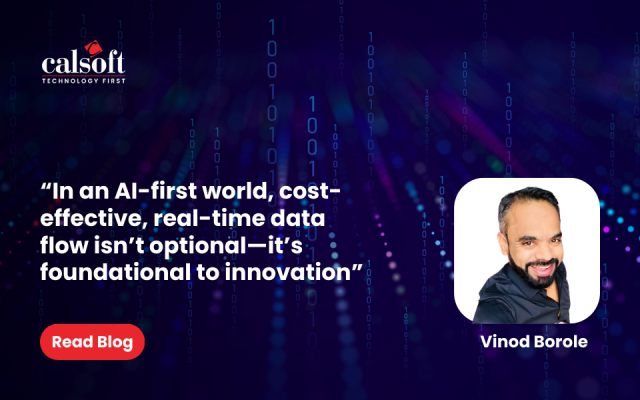The proliferation of IoT enables growth in connected devices which in turn will produce a vast amount of data. A generated data will be sensitive to critical IoT use cases. Also, data will travel back and forth between sensor devices and endpoints to data-center or cloud. Overall it will create tremendous pressure for IoT infrastructure in upcoming years. Here are some concerns for enterprise IT infrastructure.
- Need faster and high volume data storage systems – IoT data is generated by sensors from a diverse set of devices within a specific network. Most of the IoT data (structured or unstructured) will get preserved and perform analytics functions to generate insights. The analyzed results have to be pushed back to a central terminal. This triggers a requirement for – a high capacity storage, high-speed storage and memory processing technologies like NVMe over fabrics, Intel’s 3D xpoint, Magnetic RAM (MRAM). IoT data files are generally small files but due to this fact, it can quickly add petabytes of data. An object storage is recommended for storage of IoT as it can accommodate an increasing number of data files into storage devices. Most of the cloud service providers opt for object storage due to this feature; which makes cloud-integrated storage or cloud storage ideal for IoT specific data.
- Need scalable and agile network with high bandwidth and low latency – Apart from storage, the Network infrastructure is a critical aspect for IoT data to get consumed by data centers while pushing analyzed results to targeted devices. A network needs to have ultra-low latency and high bandwidth for large-scale IoT applications like industrial IoT, healthcare, and transport. Transfer of data should be near to real time. As a major percentage of IoT application demands processing of mission-critical data, any network failure consequences may have a major impact on operations. The emergence of 5G is a boon for IoT as it offers an agile and scalable network that allows having network slicing method where network bandwidth is divided and allocated for different applications.
- Secure storage and network connectivity – As the sensitive data transfers storage at a data center, security of data becomes a prominent concern for organizations involved in IoT deployment. Due to multiple technologies involved, an IoT infrastructure becomes complex and vulnerable for attackers to breach into storage or sniff into a network for performing malfunctions. Due to cybersecurity challenges, network and storage infrastructure needed to prepare themselves to minimize risk by testing systems before deploying and should be able to detect & report malicious activities at each level of IoT infrastructure.
Currently, storage and network infrastructure have challenges to provide 100% performance for IoT devices but recent advancements in storage and network technologies keep hope alive for IoT smart city. In the upcoming years, we will see datacenters come closer to endpoint IoT devices (Edge Computing) and will have a dedicated network ‘slice’ for different types of IoT applications.
[Tweet “Top Three IoT Concerns for IT Infrastructure ~ via @CalsoftInc”]






